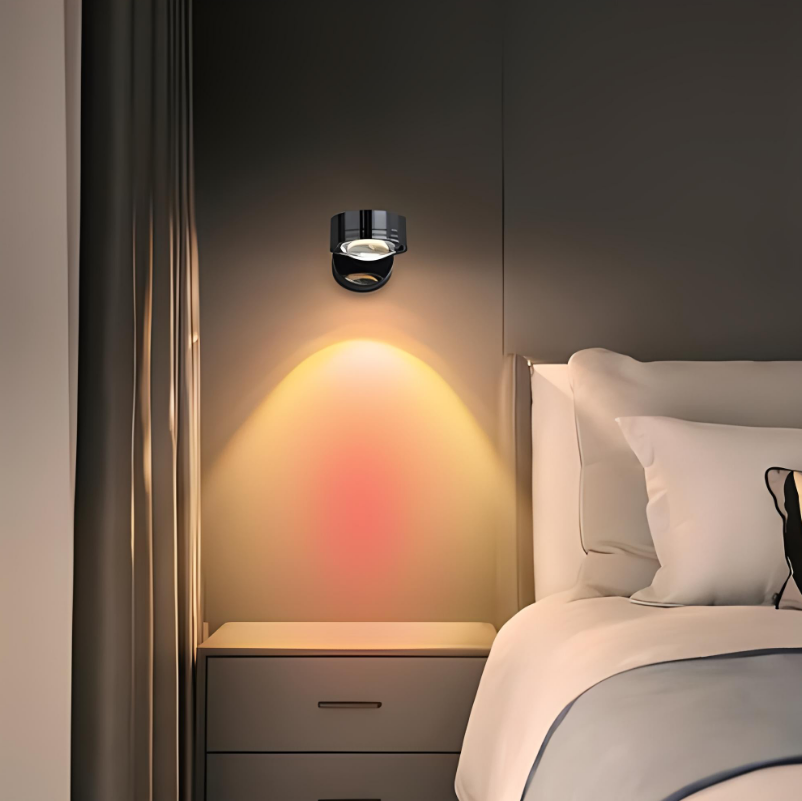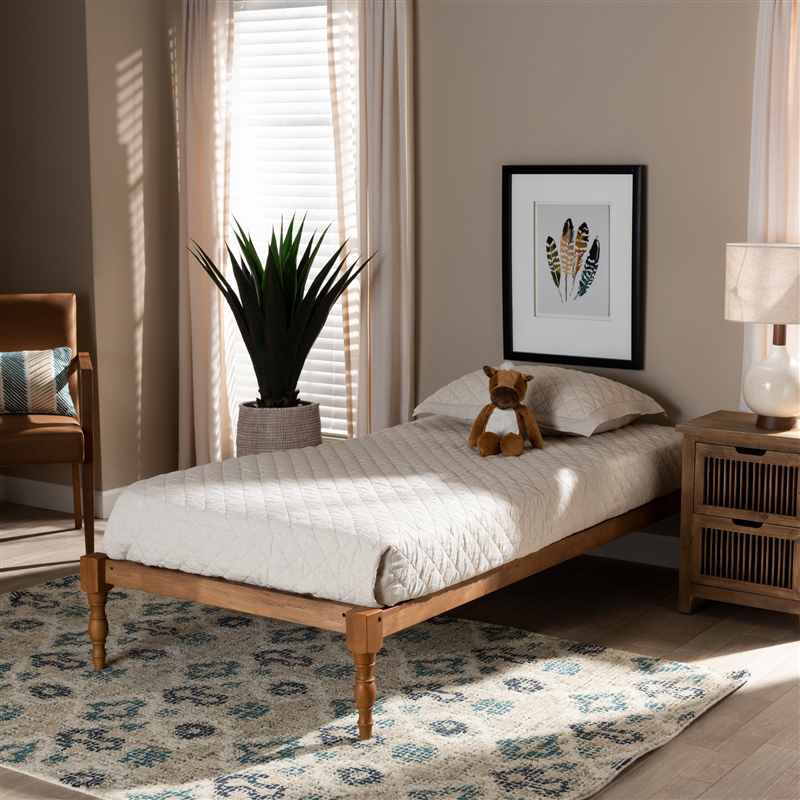Getting a good night’s sleep is essential for our overall health and well-being. Sleep plays a crucial role in our physical and mental health, as it allows our bodies to rest and recharge. Lack of sleep can lead to a variety of health problems, including increased risk of chronic conditions such as obesity, diabetes, and heart disease. One way to improve sleep quality is by using a bedroom night light.
A bedroom night light can help create a soothing and relaxing environment that promotes better sleep. It provides a soft and gentle glow that can help calm the mind and prepare the body for sleep. In this article, we will explore the science behind light and sleep, the benefits of using a night light in the bedroom, how to choose the right night light for your needs, and tips for using it to improve sleep quality.
The Science Behind Light and Sleep
Light plays a crucial role in regulating our circadian rhythm, also known as our internal body clock. Our circadian rhythm is responsible for regulating our sleep-wake cycle, telling us when to wake up and when to go to bed. Exposure to natural light during the day helps keep our circadian rhythm in sync, while exposure to artificial light at night can disrupt it.
One type of light that can have a negative impact on our sleep is blue light. Blue light is emitted by electronic devices such as smartphones, tablets, and computers, as well as energy-efficient LED lights. Blue light suppresses the production of melatonin, a hormone that helps regulate sleep. This can make it harder to fall asleep and stay asleep throughout the night.
Benefits of Using a Bedroom Night Light
Using a night light in the bedroom can offer several benefits for improving sleep quality. Firstly, it can help reduce anxiety and promote relaxation. Many people feel more at ease with a soft glow in their bedroom, as it creates a sense of comfort and security. This can be especially beneficial for those who struggle with anxiety or fear of the dark.
Secondly, a night light can improve safety in the bedroom. It provides enough light to navigate the room without the need to turn on bright overhead lights, which can be disruptive to sleep. This is particularly important for older adults who may need to get up during the night to use the bathroom or for parents who need to tend to their children without disturbing their sleep.
Lastly, a bedroom night light can help create a sleep-friendly environment. By using warm-colored lights with low brightness, it can mimic the natural light of sunset and promote relaxation. This can signal to the body that it’s time to wind down and prepare for sleep. Additionally, a night light can help prevent accidents and falls during nighttime awakenings.
Choosing the Right Night Light for Your Bedroom
When choosing a night light jellonstudio for your bedroom, there are several factors to consider. Firstly, consider the type of night light that best suits your needs. There are various options available, including plug-in night lights, portable night lights, and smart night lights. Plug-in night lights are convenient and easy to use, while portable night lights offer flexibility and can be moved around as needed. Smart night lights can be controlled remotely and offer additional features such as timers and motion sensors.
Secondly, consider the features of the night light. Look for a night light that offers adjustable brightness levels, as this allows you to customize the lighting according to your preferences. Some night lights also offer color options, allowing you to choose warm-colored lights that promote relaxation.
Lastly, consider the power source of the night light. Some night lights are battery-operated, while others need to be plugged into an electrical outlet. Battery-operated night lights offer portability but may require frequent battery changes. On the other hand, plug-in night lights provide a constant source of light but may limit the placement options.
Placement and Positioning of Your Night Light
Proper placement and positioning of your night light are crucial for maximizing its benefits. The goal is to provide enough light to navigate the room without disrupting sleep. Ideally, the night light should be placed in a location that provides a soft and gentle glow throughout the room.
One option is to place the night light near the entrance of the bedroom. This allows for easy navigation when entering or leaving the room during the night. Another option is to place the night light near the bed, such as on a bedside table or attached to the headboard. This provides a comforting glow that can help promote relaxation and ease anxiety.
It’s important to avoid placing the night light directly in front of or behind you while sleeping, as this can create shadows and interfere with sleep. Additionally, avoid placing the night light too close to your face, as this can be too bright and disruptive to sleep.
How to Use Your Night Light to Improve Sleep Quality

To maximize the benefits of your bedroom night light for better sleep quality, there are several tips you can follow. Firstly, choose warm-colored lights instead of cool-colored lights. Warm-colored lights, such as those in the red or orange spectrum, promote relaxation and help prepare the body for sleep. Cool-colored lights, such as those in the blue spectrum, have the opposite effect and can interfere with sleep.
Secondly, dim the brightness of your night light. Bright lights can be stimulating and make it harder to fall asleep. By dimming the brightness, you create a more soothing and calming environment that promotes better sleep.
Lastly, consider using a timer or motion sensor with your night light. A timer allows you to set a specific duration for the night light to be on before automatically turning off. This can be helpful if you prefer complete darkness while sleeping. A motion sensor turns on the night light when it detects movement, such as when you get out of bed during the night. This provides enough light to navigate the room without the need to turn on bright overhead lights.
Common Night Light Mistakes to Avoid
While using a bedroom night light can be beneficial for sleep, there are some common mistakes to avoid. Firstly, avoid using bright or cool-colored lights. As mentioned earlier, these types of lights can interfere with sleep and make it harder to fall asleep and stay asleep throughout the night.
Secondly, avoid placing the night light in a position that creates shadows or glare. Shadows can be distracting and disrupt sleep, while glare can be too bright and make it harder to fall asleep. Experiment with different placements and positions until you find the one that provides a soft and gentle glow throughout the room.
Lastly, avoid relying solely on a night light to improve sleep quality. While a night light can create a sleep-friendly environment, it’s important to also practice good sleep hygiene habits. This includes establishing a consistent bedtime routine, creating a comfortable sleep environment, and avoiding caffeine and electronic devices before bed.
Other Tips for Better Sleep Hygiene
In addition to using a bedroom night light, there are several other tips you can follow to improve your sleep hygiene. Firstly, establish a consistent bedtime routine that includes relaxing activities such as reading or taking a warm bath. This signals to your body that it’s time to wind down and prepare for sleep.
Secondly, create a comfortable sleep environment by investing in a supportive mattress and pillows, using breathable bedding materials, and keeping the room cool and dark. Consider using blackout curtains or an eye mask to block out any unwanted light.
Lastly, avoid caffeine and electronic devices before bed. Caffeine is a stimulant that can interfere with sleep, so it’s best to avoid consuming it in the afternoon and evening. Electronic devices emit blue light, which can disrupt your sleep-wake cycle. Try to limit your screen time at least an hour before bed and consider using a blue light filter on your devices.
Night Lights for Children and Babies
Using a night light in a child’s bedroom can offer several benefits. Firstly, it can help reduce anxiety and fear of the dark. Many children feel more secure with a night light in their room, as it provides a comforting glow that helps them feel safe and protected.
Secondly, a night light can make nighttime feedings or diaper changes easier for parents. By providing a soft and gentle glow, it allows parents to tend to their child’s needs without fully waking them up or disturbing their sleep.
When choosing a night light for children and babies, consider their age and preferences. Younger children may prefer night lights with fun shapes or characters, while older children may prefer more subtle designs. Look for night lights that offer adjustable brightness levels and timers, as these can be useful for creating a sleep-friendly environment.
Sweet Dreams with a Bedroom Night Light
In conclusion, using a bedroom night light can be beneficial for improving sleep quality. It creates a soothing and relaxing environment that promotes better sleep and reduces anxiety. By choosing the right night light, placing it in the optimal position, and using it properly, you can maximize its benefits.
Remember to choose warm-colored lights, dim the brightness, and avoid common mistakes such as using bright or cool-colored lights. Additionally, practice good sleep hygiene habits such as establishing a bedtime routine, creating a comfortable sleep environment, and avoiding caffeine and electronic devices before bed.
Whether you’re an adult looking to improve your sleep or a parent wanting to create a safe and comforting environment for your child, consider incorporating a bedroom night light into your sleep routine. Sweet dreams await!





